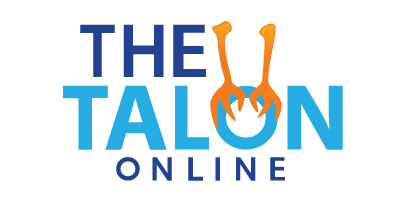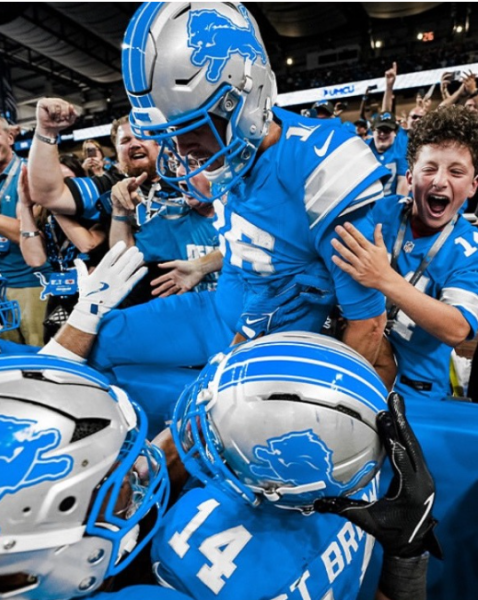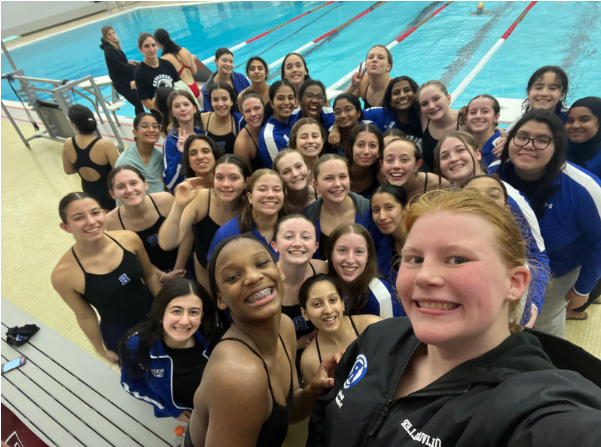Christmas Carols Uncovered
The Tradition that Keeps Giving
February 4, 2020
Christmas carols predate celebrations of Christmas or religion, back to a time of cold, bleak Decembers. In the past, December became synonymous with misery due to the long hours of darkness and cold weather, and people began to sing and party to combat the depression surrounding the month. The songs not only lifted up the spirits of those around them, but brought joy to the singers as well.
During the late middle ages, caroling became a tradition associated with religion despite a long history of singing in winter. Celebrations, such as those in the Roman Empire, in December were often quite rowdy. Christian missionaries did not approve of these, and chose to give religious lyrics to the songs and spread the Christian message as a way of combating the partying. This caught on because the hymns were readily available to all people, despite religious affiliation, transforming the tradition into one of culture and inclusion.
This began to spread rapidly in European countries, with many of the singers being illiterate and learning the words solely by hearing the songs. This led to many cultures adopting different versions of songs as they were only spread by word of mouth. Additionally, people would gather in prominent areas of the town to sing the songs together, and soon, this led to the groups, today referred to as carolers, walking to different homes to share the music with others.
However, the tradition was furthered mainly by one group: the Victorians.
“The Victorians wanted to make Christmas a cosy, family time, and they also wanted carols to have a moral message about behaving well, like Jesus did,” Lucie Skeaping, a Christmas carol expert from BBC, said. “They composed hundreds of new carols and made some of the old carols more modern, so that today we can understand better what they mean.”
In the present day, Christmas has become a holiday that is celebrated as a cultural holiday rather than a religious one; more non-religious families celebrate Christmas than ever before. Thus, Christmas songs have become a part of popular culture and many do not even allude to religion anymore. In fact, about one third of Americans view Christmas as a mainly cultural holiday.
School bands, choirs, families, and other organizations go caroling to spread joy, happiness, and even to raise awareness for certain causes.
Organizations such as Nationwide Children’s hospital ask volunteers to gather a group and carol door-to-door in order to raise money for the hospital. Not only that, but many hospitals even have groups come and sing to the children in the hospital.
However, all of this begs the question of why it seems as though there are few Christmas carolers. A study done by Pew Research Center in 2013 suggests that caroling is a disappearing tradition.
“Eight-in-ten Americans (79%) say they plan to put up a Christmas tree this year, and two-thirds (65%) say they intend to send Christmas or holiday cards. Far fewer (16%) say they plan to go caroling this year.”
However, there are many benefits to the tradition, benefitting both the singer and the audience. NPR has found that when people sing as a group, they lived through a shared experience.
“…it took almost no time at all for the singers’ heart rates to become synchronized,” Bjorn Vickhoff, musicologist, said. “The readout from the pulse monitors starts as a jumble of jagged lines, but quickly becomes a series of uniform peaks. The heart rates fall into a shared rhythm guided by the song’s tempo.”
Not only did the caroler’s heart rates synchronize, but they also slowed down, implying that it was a soothing and relaxing activity for them. To bring joy to others seems to reward that same happiness back.
However, despite all of the positives, only adults over the age of 30 are likely to include caroling in their Christmas traditions due to fond childhood memories of the activity according to Pew Research. Those younger than 30 have not been as exposed to caroling because it’s becoming less common.
Additionally, not only the carolers are rewarded by the songs; there are benefits for the audience as well based on their psychological reaction to the music.
“There is a ‘Christmas spirit network’ in the human brain comprising several cortical areas,” a study, published in the British Medical Journal, explains. “This network had a significantly higher activation in a people who celebrate Christmas with positive associations as opposed to a people who have no Christmas traditions and neutral associations.”
The ‘Christmas spirit network’ lights up in response to holiday music, and causes people to feel a sense of joy.
Additionally, a clinical neurologist told NBC News that holiday music also triggers a reaction to the familiar.
“Many of us associate this music with childhood and a happy time of presents and traditions and all the specialness that happens around that time of year,” Dr. Rhonda Freeman, a clinical neuropsychologist, said. “When the brain makes these associations with something very positive and pleasurable, the rewards system is being activated [which triggers] a number of chemicals including dopamine.”
These songs elicit positive reactions from the audience and spread holiday cheer. Overall, caroling is a fun tradition that students can do with families, friends, or even to raise money for non-profit organizations. In any way, they are improving the world in a minuscule but incredibly important way.






